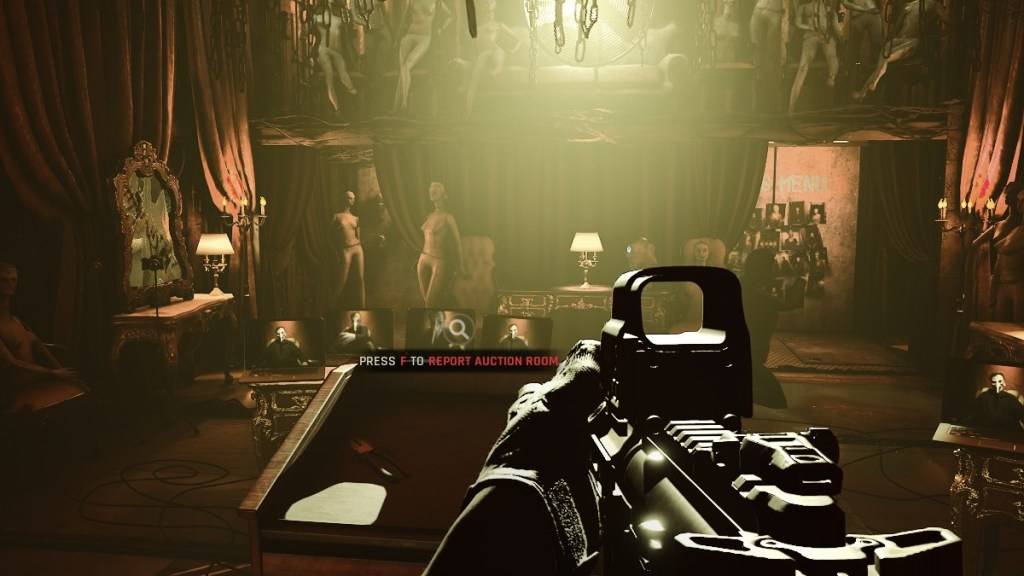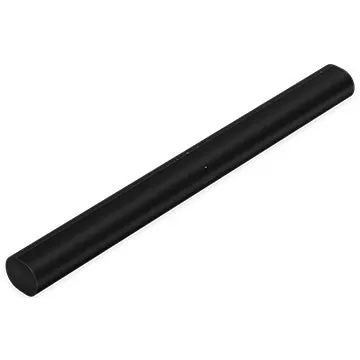Ready or Not: DirectX 11 vs. DirectX 12 – Which Should You Choose?
Many modern games offer both DirectX 11 and DirectX 12 options, and Ready or Not is no exception. This choice can be confusing, especially for less tech-savvy players. While DirectX 12 is newer and potentially offers better performance, DirectX 11 is often considered more stable. So, which is right for you?
Understanding DirectX 11 and DirectX 12
Simply put, both DirectX 11 and DirectX 12 act as translators between your computer and the game, helping your GPU render visuals.
DirectX 11, being older, is simpler for developers to implement. However, it doesn't fully utilize CPU and GPU resources, potentially limiting performance. Its widespread adoption stems from its ease of use.
DirectX 12, the newer option, is more efficient at utilizing system resources, providing developers with greater optimization potential for enhanced performance. However, its complexity means developers need to invest more effort to fully leverage its benefits.
Choosing the Right DirectX Version for Ready or Not

Conversely, older systems might experience more problems with DirectX 12 than gains. Sticking with DirectX 11, known for its stability on older hardware, is recommended in these cases. While DirectX 12 offers performance advantages, it can cause issues on less powerful PCs.
In short: Use DirectX 12 on modern systems for potentially better performance; use DirectX 11 on older systems for greater stability.
Setting Your Rendering Mode in Ready or Not
You'll typically select your rendering mode (DX11 or DX12) upon launching the game via Steam. A window should appear prompting you to choose. Select DX12 for newer PCs and DX11 for older ones.
If this window doesn't appear, try this:
- Right-click Ready or Not in your Steam library.
- Select "Properties."
- Go to the "General" tab.
- Use the "Launch Options" field to specify your preferred rendering mode (e.g.,
-dx11or-dx12).
Ready or Not is currently available for PC.









